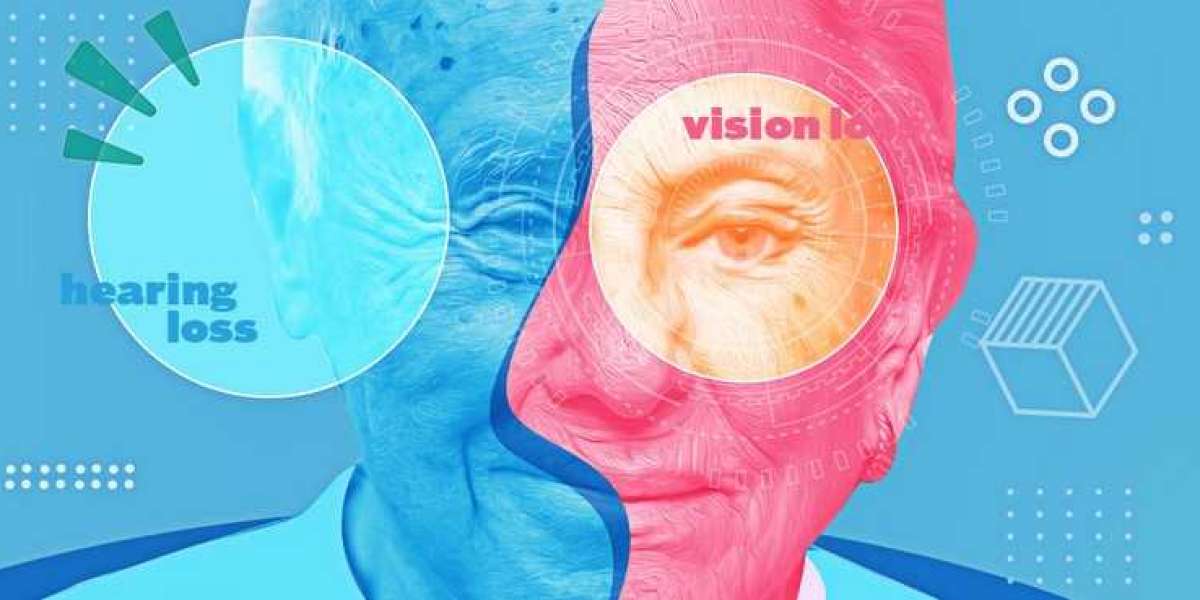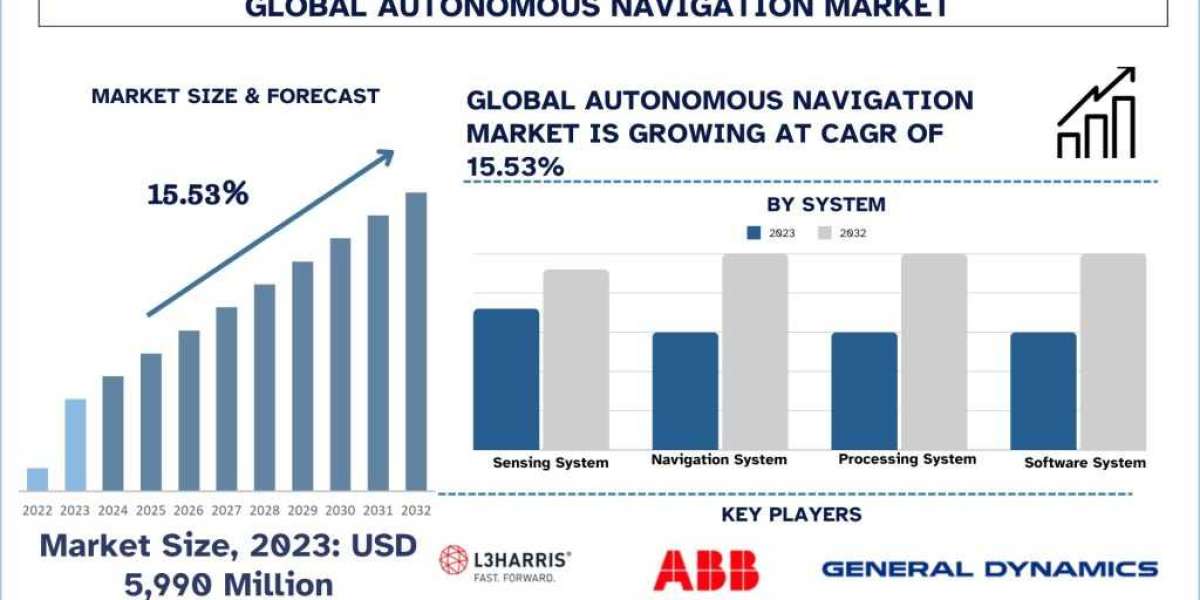Vision impairment and hearing loss, when present as developmental disabilities in adults, present distinct challenges that go beyond physical limitations. These conditions, often originating early in life or due to complex developmental issues, affect cognitive, emotional, and social aspects of life. Recognizing these impacts and providing tailored support through organizations such as a council for developmental disabilities is essential for fostering independence and improving the quality of life for those affected.
Vision Impairment and Hearing Loss: Developmental vs. Acquired Disabilities
Developmental disabilities are conditions that emerge during critical stages of growth, typically before age 22. When vision or hearing impairments fall under this category, they are often accompanied by additional challenges, such as cognitive delays or neurological conditions. Unlike acquired disabilities, developmental impairments may interfere with the acquisition of essential life skills, requiring lifelong interventions.
Challenges Faced by Adults with Developmental Vision and Hearing Impairments
1. Cognitive and Communication Barriers
- Difficulty processing sensory information.
- Challenges in learning new concepts or adapting to changes in routines.
- Limited ability to communicate effectively, particularly for those who experience both vision and hearing loss (dual sensory impairment).
2. Social Isolation and Emotional Struggles
- Difficulty forming and maintaining relationships due to communication barriers.
- Increased risk of anxiety and depression from social isolation.
- Stigma and misunderstanding from peers and society.
3. Employment and Independence
- Limited access to job opportunities that accommodate their needs.
- Dependence on caregivers for transportation, communication, or daily activities.
- Barriers in accessing assistive technologies or training programs.
Support Strategies for Adults with Developmental Vision and Hearing Impairments
1. Assistive Technologies
- For vision impairments: Screen readers, magnifiers, and Braille displays.
- For hearing impairments: Hearing aids, cochlear implants, and speech-to-text software.
- For dual impairments: Tactile communication devices and haptic feedback tools.
2. Accessible Education and Skill Development
- Training programs tailored to their learning pace and sensory needs.
- Incorporating adaptive strategies like sign language, Braille, or tactile symbols.
- Support from specialized educators and therapists who understand their developmental profiles.
3. Social and Emotional Support
- Participation in community groups that focus on shared experiences.
- Access to counseling services for emotional well-being.
- Building support networks with family, friends, and caregivers.
4. Workplace Inclusion
- Advocacy for workplace accommodations, such as flexible schedules and accessible tools.
- Employer training to understand and support employees with sensory impairments.
- Partnerships with vocational rehabilitation programs to foster independence.
The Role of Agencies for Developmental Disabilities
Organizations dedicated to developmental disabilities play a critical role in bridging gaps for adults with vision and hearing impairments. These agencies offer:
- Comprehensive assessments to identify specific needs.
- Access to resources, including funding for assistive devices and therapies.
- Training for caregivers to ensure consistent and effective support.
- Advocacy efforts to promote policy changes and increase public awareness.
Breaking Barriers: Opportunities for Growth and Inclusion
While vision impairment and hearing loss present significant challenges, advancements in technology and inclusive practices are paving the way for greater independence. Programs that emphasize self-advocacy, skill-building, and social integration empower adults to lead fulfilling lives. By fostering an environment of inclusion and understanding, society can help these individuals reach their full potential.
Conclusion
Vision impairment and hearing loss as developmental disabilities in adults require a multifaceted approach to support. From leveraging assistive technologies to enhancing social and vocational inclusion, addressing their unique challenges ensures a path toward dignity, independence, and meaningful participation in society. Through collaboration with agencies for developmental disabilities, families, and communities, we can create a brighter future for those affected.








